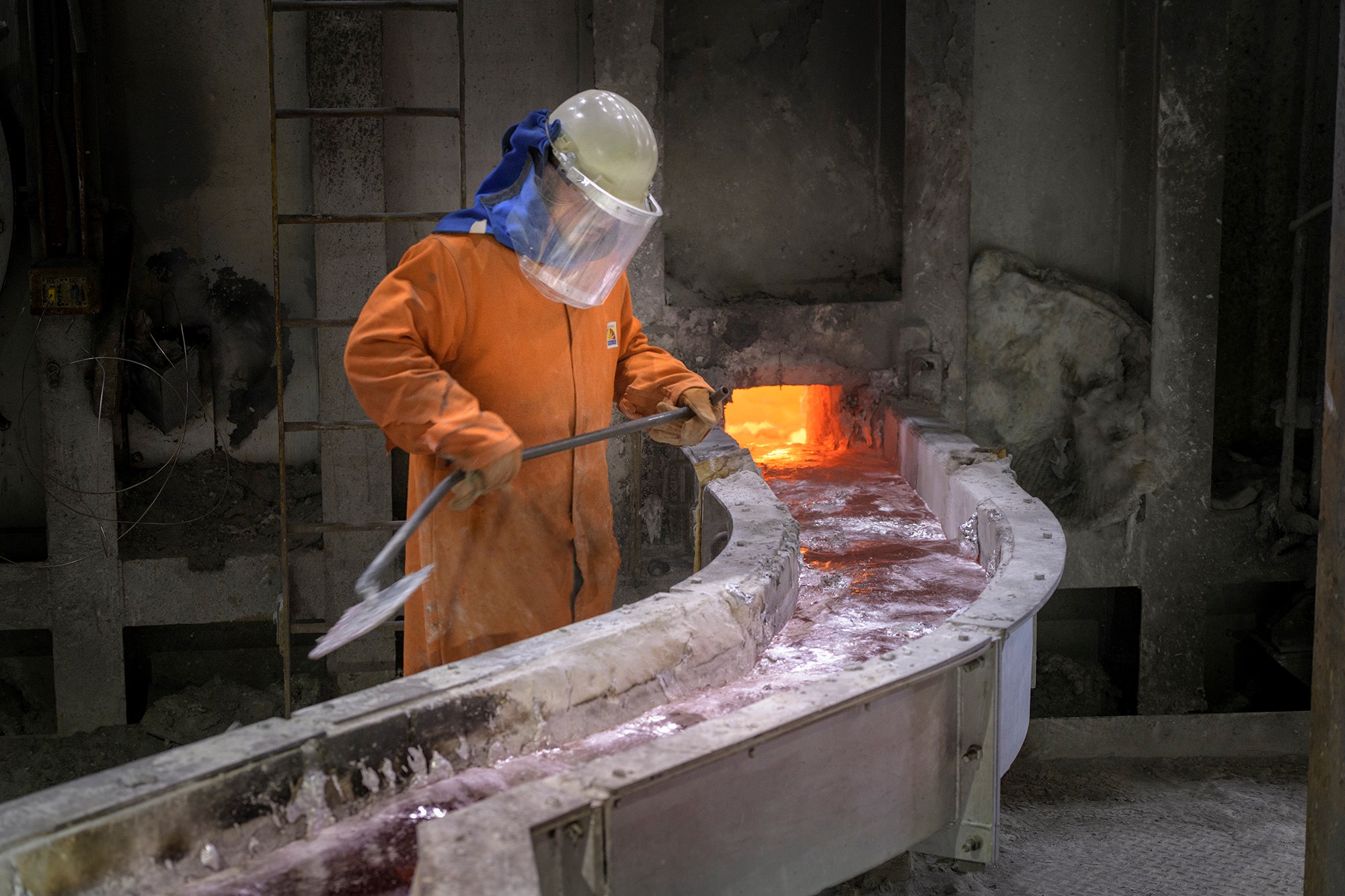

The Critical Raw Materials Act (CRMA) of the European Union (EU) has been updated to include aluminium among the minerals and metals covered by its provisions. The Act serves as the focal point of the EU's plan to acquire the essential resources required to rival the United States and China in the worldwide competition to achieve decarbonization.

EU policy-makers faced intense backlash and criticism from the Federation of Aluminium Consumers in Europe (FACE), the voice of Europe’s aluminium consumers, as they initially excluded aluminium from the CRMA, provoking outrage within the industry. The federation lambasted the policy-makers, accusing them of acting contrary to what was necessary and appropriate.
The eleventh-hour addition of the metal, along with its primary sources of bauxite and alumina, demonstrates the importance of aluminium in driving the green revolution and highlights Europe's growing vulnerability in securing a steady supply.
Aluminium, renowned for its remarkable strength-to-weight ratio, has already established itself as the second most extensively utilized metal in contemporary society, following steel. As the energy transition gains momentum, the usage of aluminium is projected to experience significant growth in the foreseeable future.
According to the World Bank, aluminium is recognized as a significant and versatile metal that plays a crucial role across various green energy technologies, including solar and geothermal. The organization has identified aluminium as a "high-impact" and "cross-cutting" element in these existing and potential sustainable energy solutions. Furthermore, the utilization of aluminium in the context of light-weighting electric vehicles will have a significant impact, enabling automakers to maximize the efficiency of lithium-ion batteries and extend the mileage capabilities of these vehicles.
The International Aluminium Institute (IAI) unveiled that the global demand is expected to grow significantly, reaching 119.5 million tonnes by 2030, representing an increase of nearly 40 per cent. Consequently, the aluminium industry must produce an additional 33.3 million tonnes of metal during the next decade. However, Europe currently needs help in boosting primary production within this timeframe.
Over the past 15 years, there has been a consistent decline in Western European production, with the current run rate falling from more than 4.5 million tonnes to 2.7 million.
The aluminium industry has been squashed between high energy prices in European and high Chinese exports for a long time, mainly in semi-fabricated products.
The average import reliance stood at 56 per cent during the same period, which is significantly lower compared to the European Union's import reliance of 89 per cent for bauxite. This discrepancy in import reliance is likely why aluminium was initially excluded from the Comprehensive Raw Materials Assessment (CRMA) by EU planners.
Responses








